FOURTH ABU DHABI INTERNATIONAL MANUSCRIPTS CONFERENCE
 Processing Request
Processing Request
FOURTH ABU DHABI INTERNATIONAL CONFERENCE ON MANUSCRIPTS
Visual Arts in Arabic and Islamic Manuscripts:
"Artistic Heritage and Contemporary Influence"
Wednesday 8 October – Thursday 9 October, 2025
Location: Cultural Foundation, Abu Dhabi, UAE
The Department of Culture and Tourism – Abu Dhabi is pleased to announce that it will host the Fourth Abu Dhabi International Conference on Manuscripts at The Abu Dhabi Cultural Foundation in 2025. Organized in collaboration with McGill University in Canada, this conference invites scholars across several disciplines, including art history, Islamic and Arabic manuscripts studies, cultural preservation, and digital humanities, to engage with the theme “Visual Arts in Arabic and Islamic Manuscripts: Artistic Heritage and Contemporary Influence.”
Held in Abu Dhabi, this conference explores the aesthetic and cultural significance of Arabic and Islamic manuscripts, including their influence on contemporary art. We welcome papers that address the core themes listed below and related subjects aligned with the main theme. Proposals will be peer-reviewed, and accepted papers will be eligible for inclusion in a formally published volume of conference proceedings.
- Highlight Abu Dhabi’s Role in Heritage Preservation
Showcase Abu Dhabi’s role in safeguarding Arabic cultural heritage, particularly focusing on Arabic and Islamic manuscripts.
- Foster Global Collaboration
Establish partnership with McGill University to enhance our knowledge in the study of Arabic and Islamic manuscripts, driving forward capacity-building and academic research initiatives.
- Emphasise Cultural and Aesthetic Significance
Illustrate the aesthetic and cultural importance of Arabic and Islamic manuscripts in documenting religious, scientific, and literary knowledge.
- Analyse Artistic Techniques and Styles
Study the techniques in manuscript art, highlighting stylistic diversity and ensuring preservation for future generations.
- Enhance Public Awareness
Foster awareness of Arabic and Islamic manuscripts among current generations and promote access to this heritage.
- Promote Academic Studies in Visual Arts of Manuscripts
Encourage new research in the visual arts of manuscripts, encompassing both art history and contemporary studies.
- Explore East-West Cultural and Aesthetic Exchange
Examine the cultural interactions between the East and the West in manuscript visual arts, exploring the influence of Islamic and Arabic manuscript aesthetics.
- Encourage Cross-Cultural Dialogue
Connect traditional manuscript arts with contemporary art practices, exploring how historical Islamic and Arabic artistic styles are integrated into modern visual arts.
- Historical and Cultural Context of Visual Arts in Arabic and Islamic Manuscripts
Explore the evolution of visual arts across Islamic eras and the impact of Islamic art schools on manuscripts, examining the relationship between text and imagery.
- East-West Cultural Exchange and its Impact on Visual Arts and Manuscripts
Analyse the mutual influences between East and West in Islamic manuscripts, tracing how they became instruments for cultural knowledge and exchange.
- The Role of Visual Arts in Shaping Arabic and Islamic Manuscripts
Discuss distinctive visual arts such as calligraphy, illumination, miniatures, and examine their religious, cultural, and artistic value.
- Artistic Excellence in Medical, Scientific, and Literary Manuscripts
Investigate creative elements in manuscripts across medical, astronomical, geographical, mathematical, and literary domains.
- The Role of Digital Technology in Manuscript Preservation
Assess the importance of digital technology in the preservation of manuscripts and their artistic heritage, with a focus on digitisation, conservation, and archiving techniques.
- Islamic Manuscripts in Contemporary Art and Future Directions
Examine how contemporary artists reinterpret Islamic manuscript art, integrating traditional elements into modern forms.
Important Dates
- Abstract Submission Deadline: January 10th, 2025.
- Review of proposals by the Conference Committee: January 11 to February 2nd, 2025.
- Notification of Acceptance: February 3rd, 2025.
- Full Paper Submission Deadline: September 5th, 2025.
- No registration fee.
- The Department of Culture and Tourism – Abu Dhabi will issue visas for accepted participants.
- Travel and accommodation for one author per accepted paper.
- Breakfast, lunch, and coffee breaks provided for all invited participants.
- Both in-person and virtual participation options, with online streaming and recording.
- For more details and inquiries, please contact: E-mail: manuscript@dctabudhabi.ae
Day 1: Wed. 8 – Oct. 2025
| Time | Activity |
|---|---|
| 09:00 AM |
Registration and Welcome Video about the opening ceremony of Golden Ink Exhibition |
| 10:00 AM |
Opening Ceremony - 9:30 Ayala Performance – 9:30 AM Opening Speech by H.E. Mohamed Khalifa Al Mubarak, Chairman of the Department of Culture and Tourism – Abu Dhabi – 9:45 AM Opening Speech by Professor Deep Saini, President of McGill University – 9:55 AM Speech by Fatema Al Tamimi, Library Management Director, Department of Culture and Tourism – Abu Dhabi – 10:05 AM |
| 10:15 AM |
Keynote Speech: H.E. Mohammed Al Murr Chairman of Mohammed Bin Rashid Library - MBRL |
| 10:30 AM | A Digital Revival of Islamic Manuscripts Competition Award for University Students |
| 10:45 AM |
Panel One: “Global Perspectives on visual arts in Arabic and Islamic manuscripts” Session Chair: Dr. Mohammed Kamel Gad
Faysal Al Hafyan (Syria)
Prof. Yahia Imam Sulayman (Nigeria)
Dr. Weld Matali Ahmed Mohamadu (Mauritania)
Mr. Sabah Bin Muhammed PM (India) |
| 12:00 PM | Lunch Break and Prayer |
| 01:00 PM |
Panel Two: Session Chair: Dr. Bilal Orfali
|
| 02:15 PM |
Panel Three: “Architecture and Mathematical Sciences” Session Chair: Mr. Ahmed Obied Al Mansouri
Dr. Gul Kale (Turkey)
Yuxi Pan (U.K.)
Alexander Neuwahl (Italy)
Dr Ahmed Al Saeedi (Morocco) |
| 03:00 PM |
Closing Remarks and Networking |
| 07:00 - 08:30 PM |
Special Cultural evening highlighting two remarkable new scholarly editions of Arabic manuscript treasures:
Critical Edition by: Abdullah Yahya Al-Suraihi
Critical Edition by: Bassam Baroud |
Day 2: Thu. 9 – Oct. 2025
| Time | Activity |
|---|---|
| 09:00 AM | Welcome & hospitality |
| 09:30 AM | Keynote Speech Dr. Cicely Hillsdale Associate Professor in the Art History Program – McGill University, the Advisor and Program Director of the Interdisciplinary Minor in Medieval Studies (MDST) and the Co-Director of the Research Group on “Global Pasts” at the Lin Center. in English |
| 10:00 AM |
Panel One: Session Chair: Dr. Khalifa Al Dhaheri
|
| 11:00 AM |
Panel Two: Artistic Excellence in medical, scientific and literary manuscripts” Session Chair: Mary Hague- Yearl heritage preservation and scholarly access.
Dr Abdullah Ali Saeed Al Saadi (Oman)
Dr. Mustafa Yavuz (Turkey)
Jaleh Ibrahimi (Canada) |
| 12:00 PM | Lunch Break and Prayer |
| 01:15 PM |
Panel Three: Session Chair: Dr. Esraa Al Hamal
|
| 02:00 PM |
Panel Four: Session Chair: Dr. Maurice Pomenrantz
|
| 03:00 PM | Closing Remarks and Networking |
| 06:30 PM | Traditional Crafts workshop at House of Artisans |
| 07:30 PM | Dinner |


